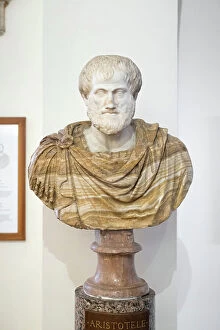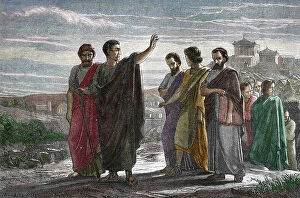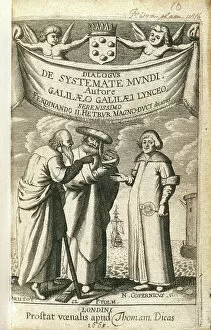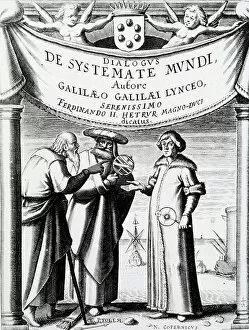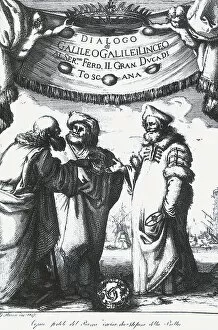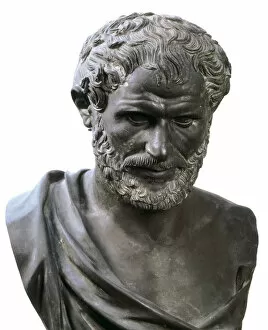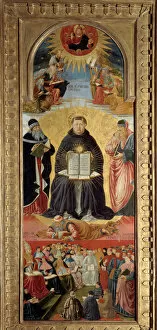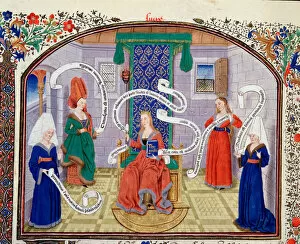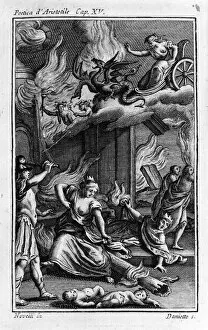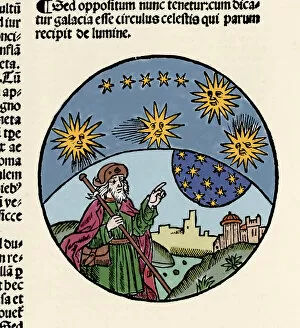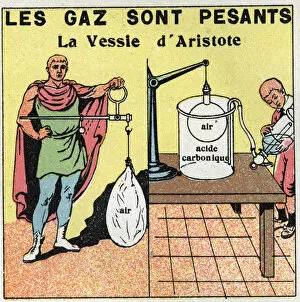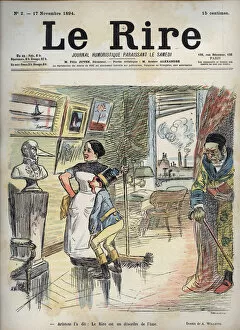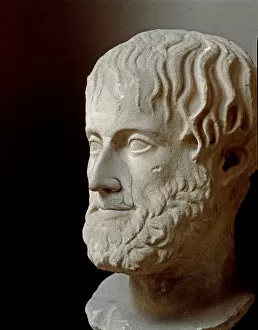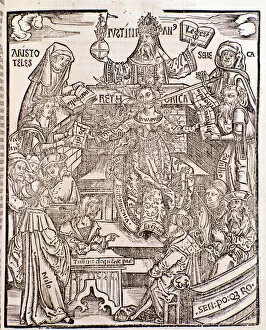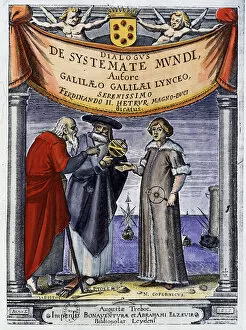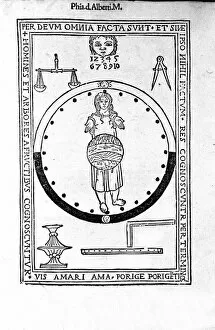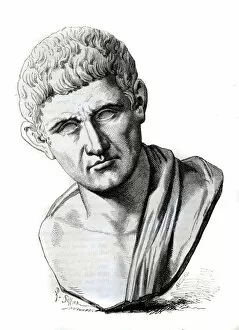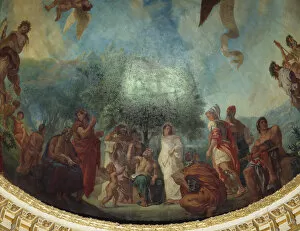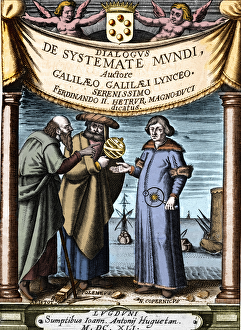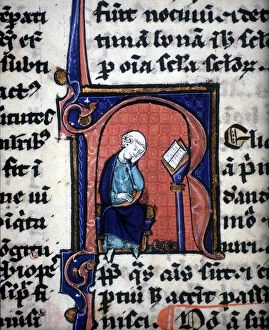Aristotle 384 322 Collection
"Aristotle 384-322: Unveiling the Legacy of a Greek Philosopher and Scientist" Step into the world of Aristotle
For sale as Licensed Images
Choose your image, Select your licence and Download the media
"Aristotle 384-322: Unveiling the Legacy of a Greek Philosopher and Scientist" Step into the world of Aristotle, a renowned Greek philosopher and scientist whose ideas continue to shape our understanding of the universe. From ancient engravings to captivating frescoes, various artworks pay homage to his intellectual prowess. The frontispiece to Galileo's "Dialogo sopra i due massimi sistemi del mondo" transports us back to 1632, showcasing an engraving that captures the essence of scientific inquiry. Another engraving from the same work reveals a cover adorned with intricate details, highlighting Aristotle's influence on Galileo's dialogue. A portrait dating back centuries brings Aristotle himself into focus. With every brushstroke or chisel mark, this depiction immortalizes his profound contributions. A bust made in bronze further emphasizes his enduring impact on philosophy and science. Delving deeper into artistic interpretations, we encounter Hans Baldung's drawing depicting Phyllis riding on Aristotle's back—a symbolic representation of power dynamics and human desires. This intriguing piece invites contemplation about societal norms prevalent during its creation in 1503. Raphael's masterpiece "School of Athens" offers a glimpse into antiquity as Plato and Aristotle engage in philosophical discourse amidst other great thinkers. Their presence signifies their pivotal roles in shaping Western thought for generations to come. Moving beyond visual representations, we explore written works associated with Aristotle. The frontispiece of "The Poetic, " one such text penned by him, showcases his literary expertise alongside his philosophical acumen. As we reflect upon these diverse depictions and artifacts dedicated to Aristotle’s legacy, it becomes evident that he was not merely an individual but rather a beacon illuminating humanity’s quest for knowledge across time and cultures. His ideas transcend boundaries—bridging ancient wisdom with modern understanding—and continue inspiring seekers of truth today.


